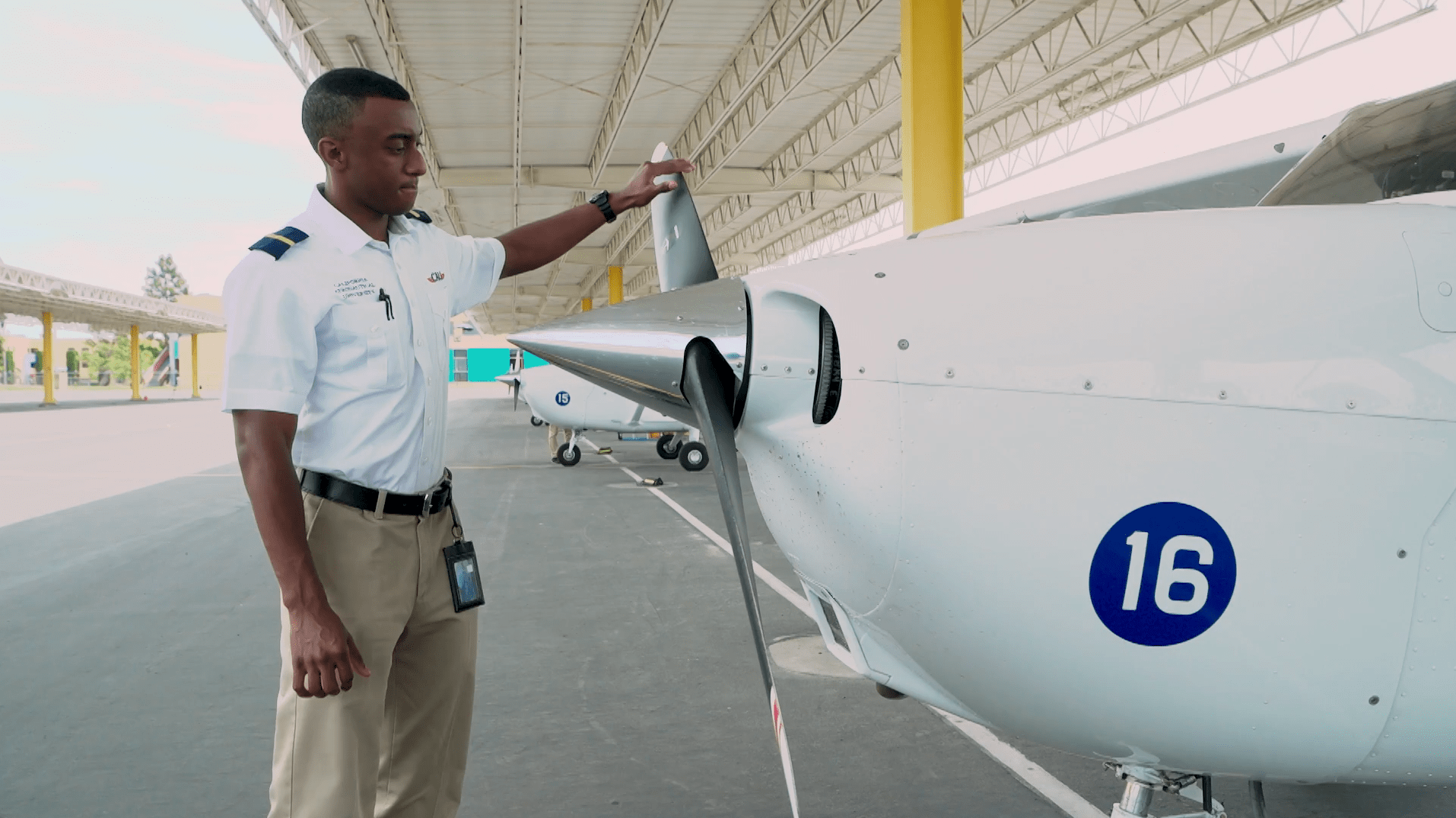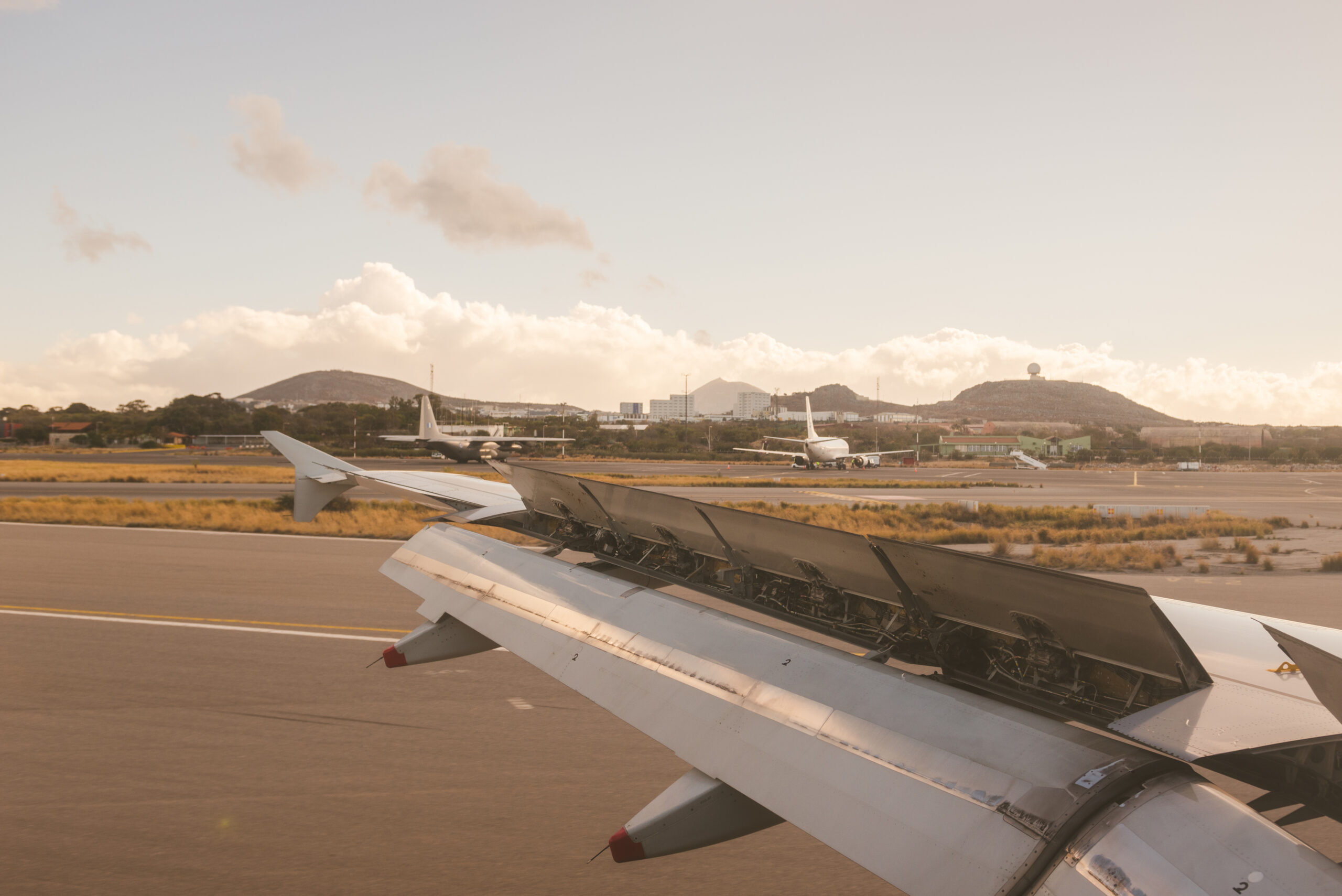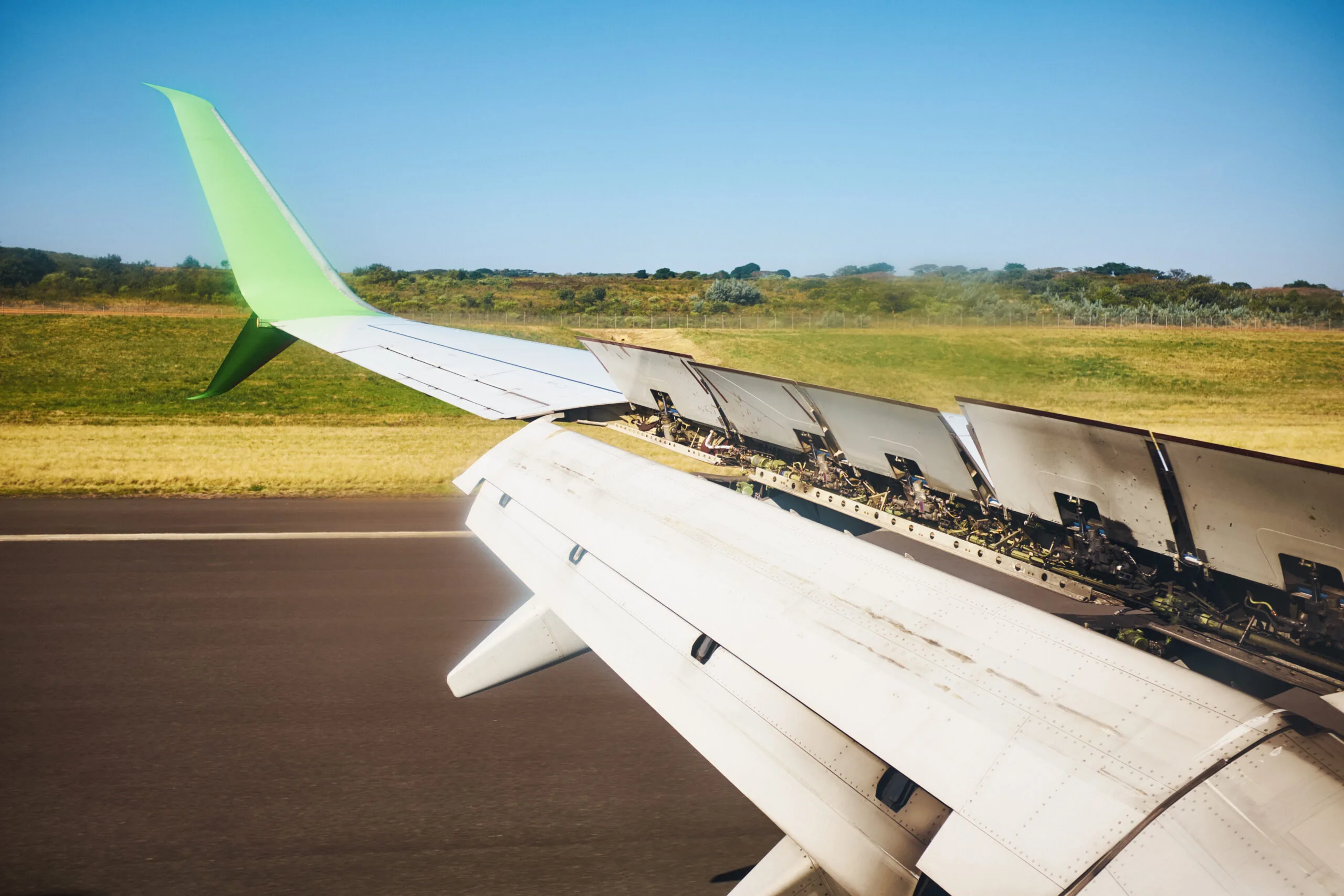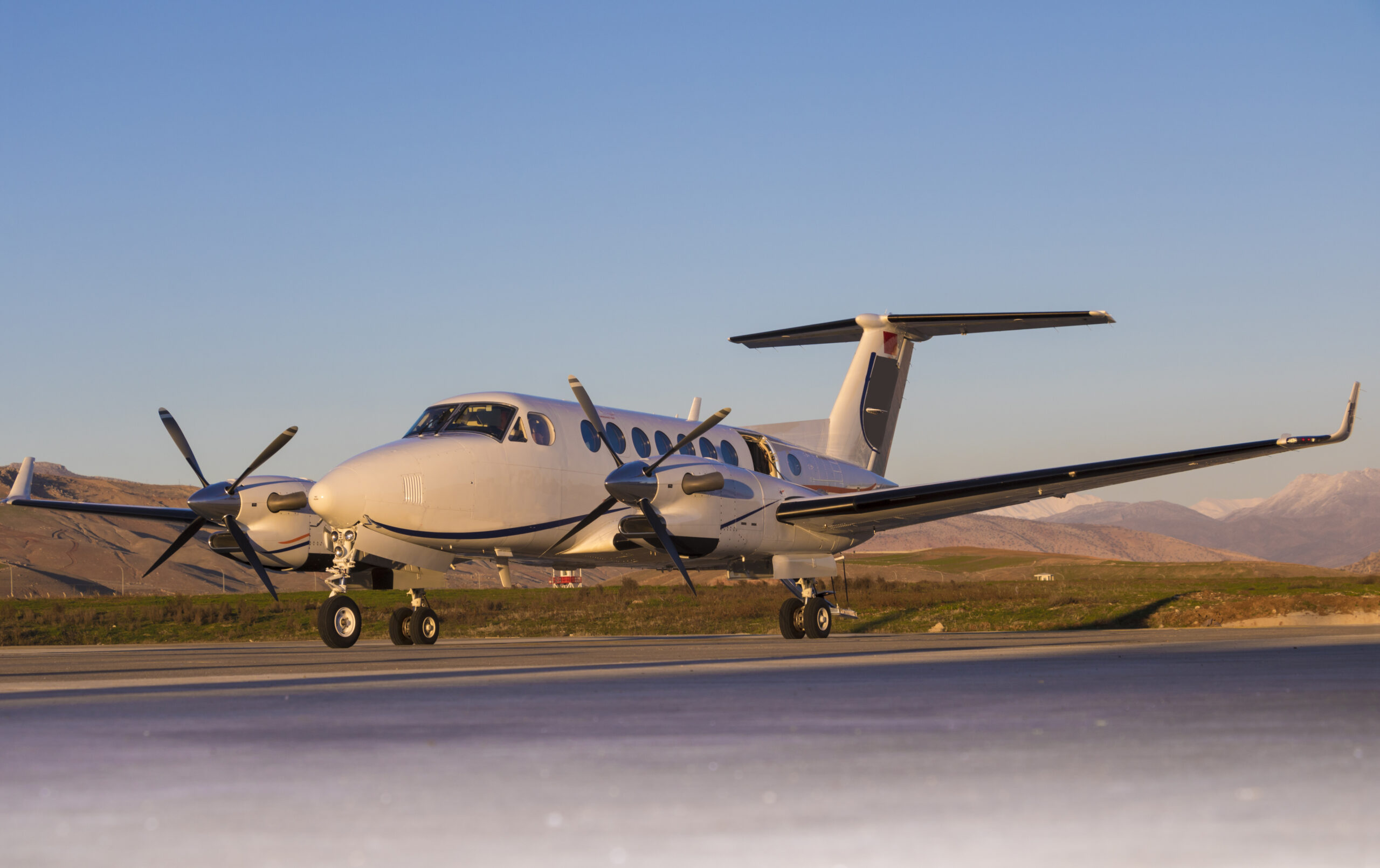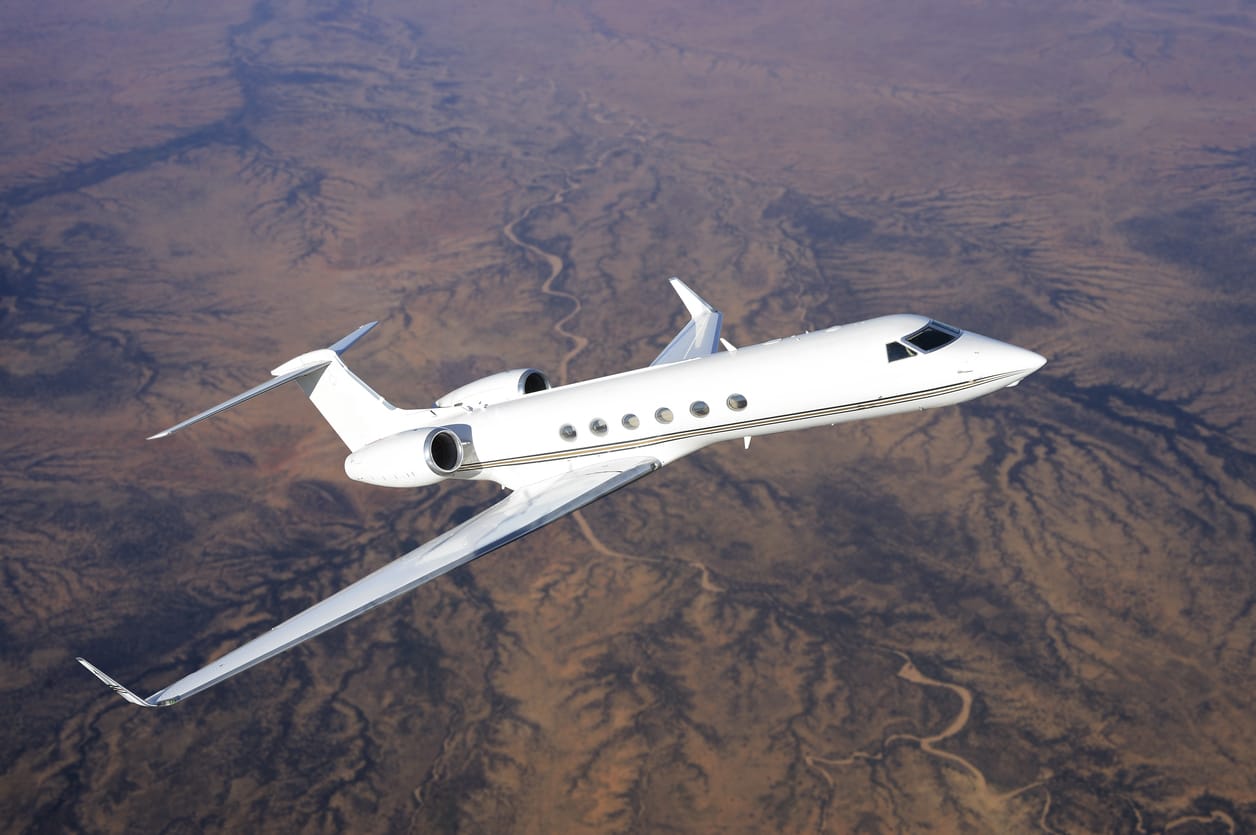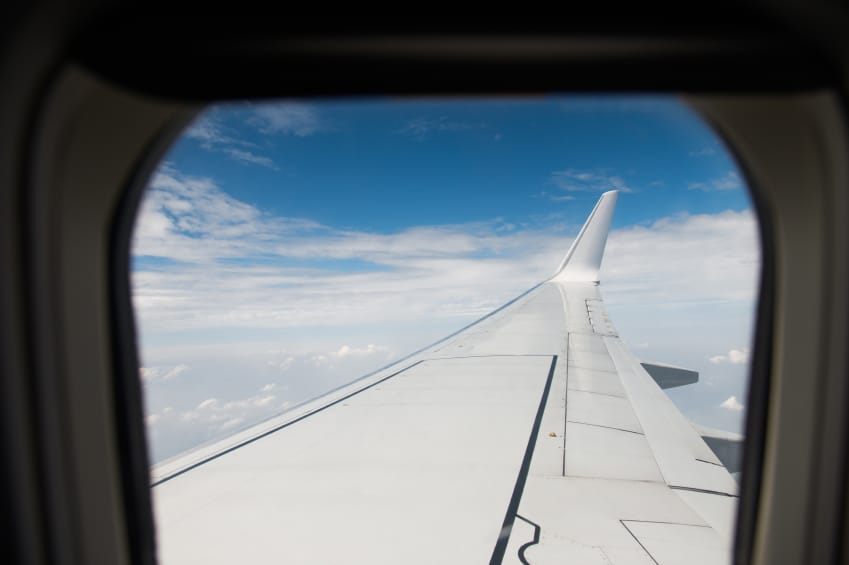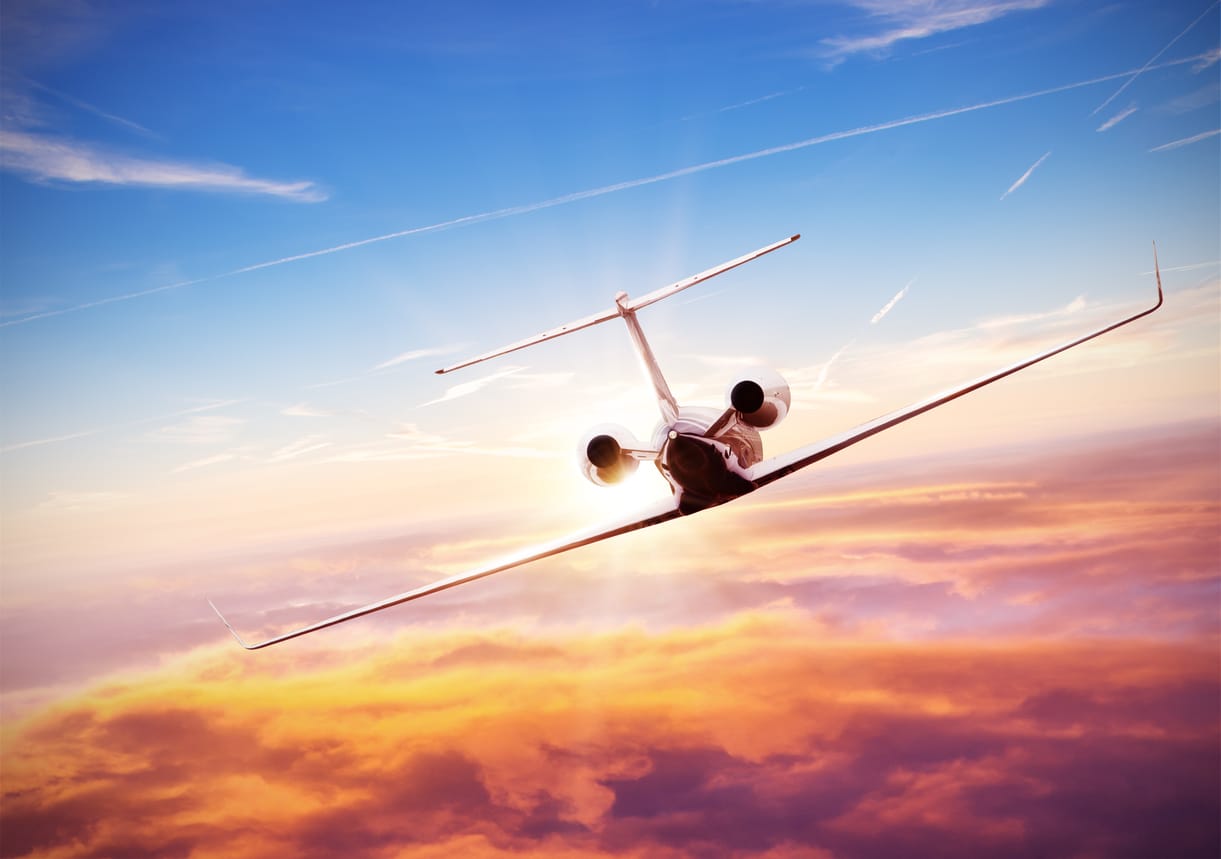If you are considering a career in aviation – whether as a pilot, or A&P mechanic – you will need to learn the different airplane parts and their function. This guide discusses the main parts of aircraft, and why they are important.
[lwptoc numeration=”none” skipHeadingLevel=”h3″ skipHeadingText=”Share This:”]
When it comes to careers in aviation, there is a lot to take in. The best learning methods start with the basics and then build upon them. Today we are going to do exactly that. Knowing different airplane parts and their function is a great foundation for learning more. We have given an airplane a good look over and will highlight the relevant parts and what they do.
The Fuselage
The fuselage is the technical term for the main body of the airplane. The pilots will sit in the front, and the passengers sit in the back.
The Wings
The wings are responsible for generating lift which allows the airplane to fly through the air. However, there is more to the wings than meets the eye. There are a few additional airplane parts that change the wing’s characteristics depending on the phase of flight:
1. Ailerons
At the rear of the wing (called the ‘trailing edge’), you can see small hinged sections that move up and down. These are the ailerons. They move in opposites, so when the left side is up, the right is down, and vice versa.
These surfaces cause subtle variations in the lift produced on each wing and allow the airplane to roll.
2. Flaps
Wing flaps look similar to ailerons, but they have a different purpose. They move symmetrically. They change the size of the wing and increase lift. This is particularly useful when flying at slower speeds (like during takeoff and landing).
3. Slats
Slats perform a similar function to flaps. They are a lift augmentation device. The main difference is that they are located on the front of the wing.
4. Spoilers
You will tend to find spoilers on bigger aircraft. They are small fence-like structures that can be deployed to reduce the amount of lift produced by the wing. They are really handy to make the airplane descend quickly.
The Tail
The tail is the rear structure of the airplane. Just like a dart flight, this structure keeps the airplane stable in flight. It is made up of the vertical stabilizer (that looks similar to a shark’s fin) and the horizontal stabilizer.
As with the wings, the tail has a couple of flight control surfaces that influence the direction in which the airplane moves:
1. The Elevator
The elevator moves symmetrically up and down. When the pilot pulls back on the stick, this causes the elevator to pull the tail down which, in turn, causes the aircraft to climb. When the pilot pushes forwards, the elevator causes the tail to rise, making the aircraft’s nose go down towards a descent.
2. The Rudder
The rudder controls yaw. This is where the nose of the airplane moves side to side without roll. It is controlled by the rudder pedals in the cockpit. The pilot pushes the left pedal to move the aircraft’s nose to the left and right to move the nose to the right.
The rudder is really useful when landing in crosswinds and for performing balanced turns.
The Engine
The engine is what provides the power for the airplane to move forward. On most training aircraft, you will find this airplane part located on the nose. Larger commercial airplanes may have engines mounted on the wings or even the tail.
There are generally three types of engine used in aviation:
1. Piston Engines
These engines are cheap to run. They power a crankshaft that is connected to a propeller. The aerodynamic effect of the propeller pushes air rearwards, propelling the airplane forward. They are most efficient at low altitudes.
2. TurboProp Engines
Turboprop engines still use a propeller to provide forward momentum. They are more powerful than piston engines. They use compressed jets of heated air to drive a crankshaft, which is connected to a propeller. Turboprop engines are best in low to mid altitudes.
3. Jet Engines
Jet engines work slightly differently. They compress air and fuel and then ignite them. This hot air is ejected from the rear of the engine. This pushes the airplane through the air. Jet engines are most efficient at extremely high altitudes where the air is colder.
Why Choose to Study Aviation?
The above is a very general guide of airplane parts and their function. In all honesty, it gets far more technical.
Having read the above, you may wonder why flaps cause an increase in the lift or how a jet engine can propel a 90-ton airplane through the air. Curiosity in these subjects is a good thing. Here are some great reasons why studying aviation could be for you.
1. From Day One, You Are Always Learning
The above has barely scratched the surface. When studying at an aviation science degree level, you will dive much deeper into specific topics.
- Which shaped wings produce the most lift?
- What is carburetor icing?
- What is the difference between true airspeed and groundspeed?
These questions may sound technical, but they are actually the basics you will learn very early in your course.
And, the learning never stops. Even as you advance into a career, there will be plenty to keep an inquisitive mind active.
2. You Can See the Theory in Action
It is one thing to sit in class learning about a stall (when a wing stops producing lift), yet it is another to be sat in the cockpit observing a stall happening first hand under the watchful eye of a qualified instructor.
As a student, you will get to see a scientific theory put into practice.
3. You Will Be a Better Pilot
While hands-on experience is great, knowing why something is happening is crucial to being a safe and efficient pilot. By completing a part flying 141 course, you will have all the knowledge required to be at your best.
Final Thought
How deep do you want to go? At California Aeronautical University, the sky is the limit (literally). The above guide to airplane parts and their function is only a scratch on the surface of what you could learn and achieve. Why not contact us and see what we can offer?
Ready to soar in your aviation career?
Mr. Matthew A. Johnston has over 23 years of experience serving various roles in education and is currently serving as the President of California Aeronautical University. He maintains memberships and is a supporting participant with several aviation promoting and advocacy associations including University Aviation Association (UAA), Regional Airline Association (RAA), AOPA, NBAA, and EAA with the Young Eagles program. He is proud of his collaboration with airlines, aviation businesses and individual aviation professionals who are working with him to develop California Aeronautical University as a leader in educating aviation professionals.
